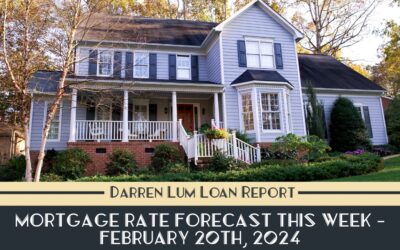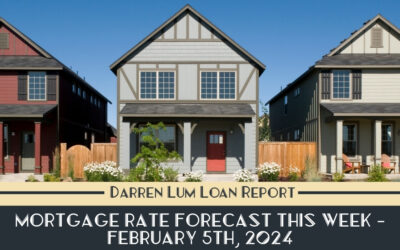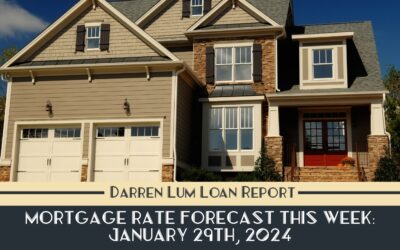Housing Market Boom: Supply Constraints Result in Price Surge, as per the S&P Case-Shiller Indices”
According to the April data from S&P Case-Shiller’s Housing Market Indices, home prices across the United States experienced gains. The increase in prices was driven by a scarcity of previously-owned homes available for sale and a growing demand from buyers, partly influenced by the average 30-year mortgage rate surpassing six percent. As a result, the southeastern region relinquished its position at the top of S&P Case-Shiller’s 20-City Home Price Index, with Chicago, Illinois, Atlanta, Georgia, and Tampa, Florida claiming the three highest year-over-year home price growth rates for April.
Chicago, Illinois Leads in Home Price Growth for April
The cities that exhibited the most significant growth rates in home prices, based on S&P Case-Shiller’s 20-City Home Price Index for April, were as follows: Chicago, Illinois recorded a year-over-year gain of 4.10 percent, Atlanta, Georgia showed a growth rate of 3.50 percent, and Tampa, Florida ranked third with an average gain of 2.40 percent. All the reported year-over-year figures for April’s home prices were adjusted for seasonal variations.
In the western region, average home prices lagged due to the combined impact of high home prices and mortgage rates, resulting in affordability challenges for potential homebuyers. Seattle, Washington experienced a decline of 12.40 percent in average home prices compared to the previous year, while San Francisco, California reported an 11.10 percent decrease for the same period. Las Vegas, Nevada saw a 6.60 percent decline in year-over-year home prices.
Although mortgage rates nearing seven percent did not significantly deter homebuyers, higher rates did lead to increased costs for home loans and monthly payments. The current mortgage rates, coupled with rising home prices, create limited affordability options for first-time and moderate-income homebuyers.
FHFA House Price Index
In other news, the Federal Housing Finance Agency (FHFA) published its House Price Index for April, which revealed a month-to-month home price growth of 0.50 percent. This index focuses on home prices for properties sold by the Government Sponsored Enterprises Fannie Mae and Freddie Mac. These homes were obtained through foreclosure and were subject to the original loan limits set by FHFA for mortgages acquired or guaranteed by Fannie Mae and Freddie Mac. The loan limits imposed by these entities contribute to a more moderate range of home price growth reported in FHFA’s House Price Index compared to the data presented in S&P Case-Shiller’s Home Price Indices.
Categories
- Around The Home
- Budget
- Credit
- Credit Scoring
- Credit:
- DSCR Loan
- Escrow Tips
- Federal Programs
- Federal Reserve
- Financial Reports
- Financing:
- Holiday Tips
- Home Buyer Tips
- Home Financing Tips
- Home Mortgage
- Home Mortgage
- Home Mortgage Tips
- Home Mortgages
- Home Renovation
- Home Seller Tips
- Home Tips
- Home Values
- Homebuyer Tips
- Homeowner Tips
- Investment Properties
- Just Closed
- Market Outlook
- Mortagage Tips
- Mortgage
- Mortgage Application
- Mortgage Rates
- Mortgage Tips
- Personal Finance
- Real Estate
- Real Estate Tips
- Taxes
- Uncategorized



